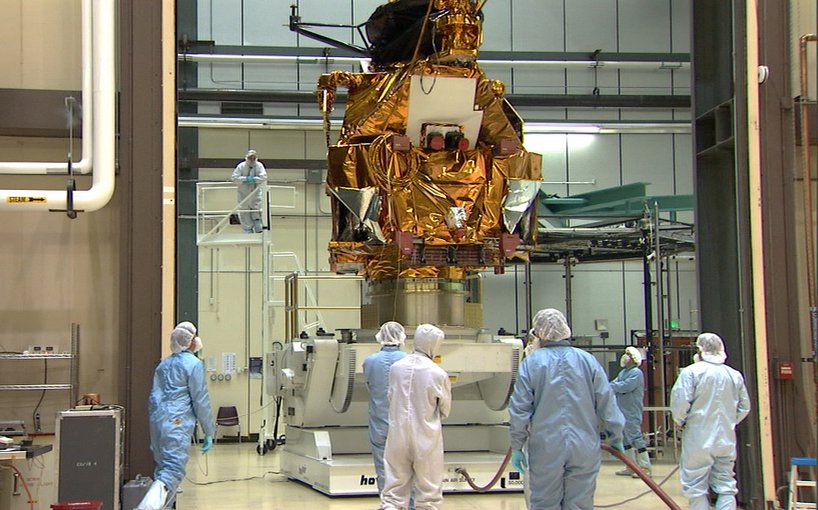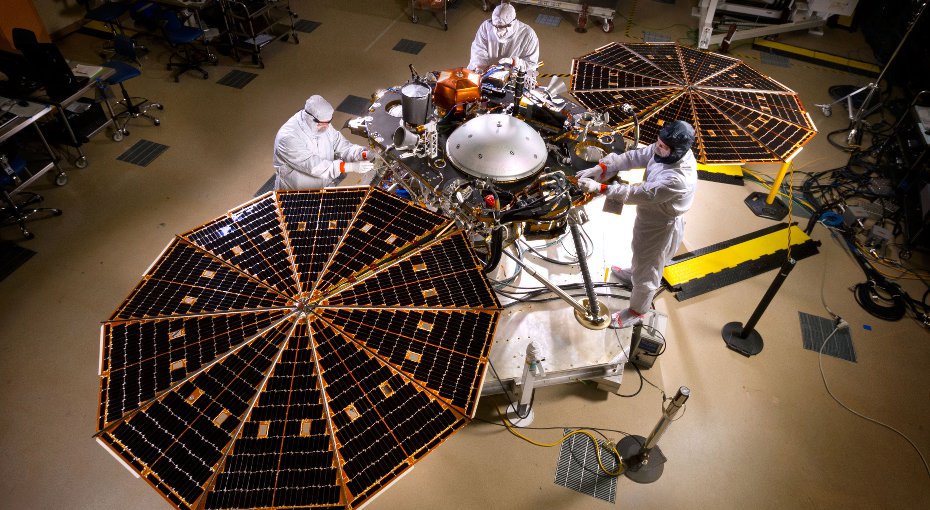
Researchers have provided new details about spore-producing organisms collected from spacecraft assembly facilities and clean rooms. Spores produced by Bacillus strains are highly resistant to sterilization procedures, and could potentially pose planetary protection concerns for space missions, particularly those being sent to the surface of other worlds.
Scientists have compared the genomes of two Bacillus strains in order to better understand their resistance to sterilization. The study focused on the complete genomes of B. safensis strain FO-36b, which produces peroxide- and radiation-resistant spores, and the genome of B. pumilus SAFR-032. Draft genomes of B. safensis JPL-MERTA-8-2 and B. pumilus ATCC7061T were also included in the study, as well as 61 additional draft genomes that have been identified as strains of either B. pumilus or B. safensis.

A group of engineers and technicians watch as the Mars Reconnaissance Orbiter is lifted in a cleanroom at Lockheed Martin in Littleton, Colorado during the orbiter's assembly, test and launch operations phase.Image credit: NASA/JPL.
The study, “Bacillus safensis FO-36b and Bacillus pumilus SAFR-032: a whole genome comparison of two spacecraft assembly facility isolates,” was published in the journal BMC Microbiology. The work was supported by NASA Astrobiology through the Exobiology Program.

